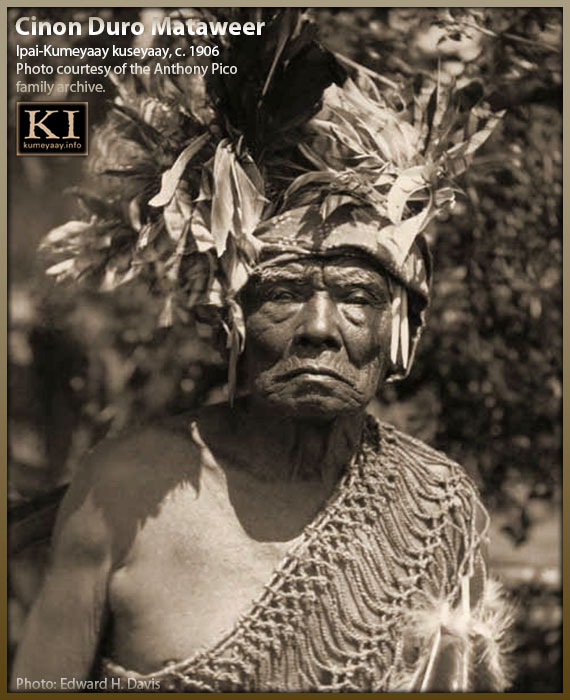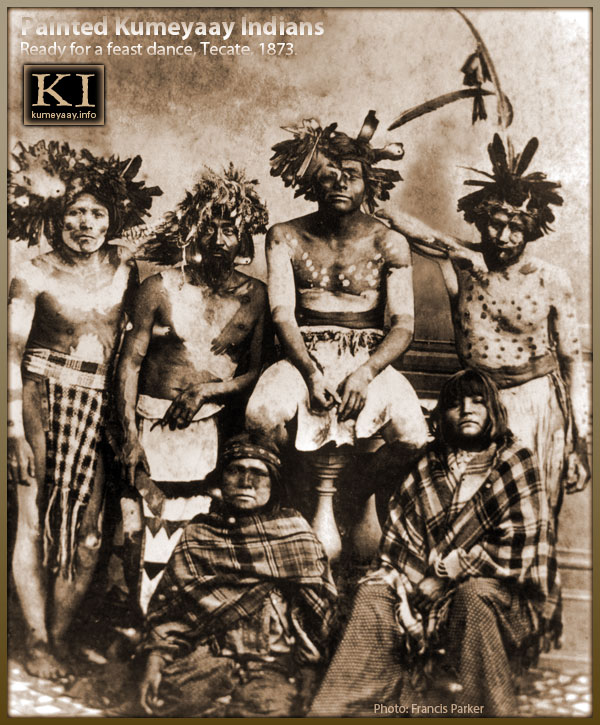
 |
 |
KUMEYAAY HISTORICAL Photos
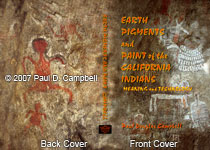 Caption by Paul D. Campbell:
Caption by Paul D. Campbell:
Painted Kumeyaay Indians in feather headdresses, loin cloths and full body paint, ready for a feast dance at Tecate, Calif., 1873. Frances Parker photo.
TECATE CALIF 1873 -- KUMEYAAY INDIANS late 1800s 1870s Southern California Native American Kumeyaay Indians in aboriginal tribal regalia, body and face paint.
Four indigenous Tiipay Tipai Indian men wearing aboriginal feather headdresses with male Native American Indian full-body painting covering chests, faces, legs and arms, tribal Indian face painting designs.
Two Tipai Tiipay Indians women seated wearing calico skirts and plaid shawls with southwest Indian female tribal face painted designs, North American tribal body painting art designs.
| SUPER RARE PHOTO of the Kumeyaay it's a small miracle it survived... |
|
Francis Parker's "ready for a feast dance, 1873" photograph is one of the earliest known photographs of the Kumeyaay. It was taken eight years after the American Civil War. What kind of camera did Francis Parker use in the 1870s?
Photo: Wet-plate style period camera, ca.1865-1870 (not Parker in photo). Notice the photographer has the lens cap in his right hand -- removing and replacing the cap served as his shutter speed. |
The Kumiai HISTORY of KUMEYAAY Indian peoples dates back more than 12,000 years in the greater San Diego County, northern Baja California US-Mexico border area.
Prior to European immigration in the mid 1700s, the thriving Kumeyaay Nation had developed its unique California indigenous culture over THOUSANDS of years, including their Yuman languages and vast knowledge and uses of their indigenous plants, stone age tools and Native American medicinal plants and herbs.
Francis Parker's kumeyaay-Diegueño historical photograph was taken in 1880, late 1800s, well AFTER the Spanish immigration, the Spanish Missions and Franciscan California Missions periods, and the CALIFORNIA GENOCIDE that decimated the Kumeyaay race and its culture.
The picture represents only a mere glimpse into the Pre-Contact glory of the Indigenous peoples of Southern California unique, ageless Native American culture of the Yuman Indian family of California Indians in the greater San Diego County area and northern Mexico, Baja California Indians.
| Edward H. Davis Photo Kumeyaay-Ipai kuseyaay |
|
CINON DURO MATAWEER EDWARD H DAVIS is another famous photographer of the California Indians -- above is his environmental portrait of Cinon Duro Mataweer, ca. 1906. |
For more information on Southern California and northern Baja California, Mexico, ageless aboriginal society, please see the Kumeyaay Books.
Please see the KUMEYAAY.INFO CALIFORNIA INDIAN RESEARCH DEPARTMENT.
ADDITIONAL Museum Sections on Tribal Designs and Indian Face Designs:
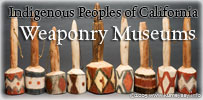
INDIGENOUS CALIFORNIA INDIAN TRIBAL DESIGNS, Native American weaponry, pictures old and modern traditional arts and crafts, including information about Native California Indian primitive weaponry and aboriginal tribal designs of the Cocopah Cucapa Indians.

CALIFORNIA INDIAN FACE PAINT DESIGN -- The detailed illustrations and writing in this section are parts of Paul Campbell's newest book (unreleased), EARTH PIGMENTS AND PAINT: MEANING AND TECHNOLOGY, and will include all facets of Native American pigments and paint, including physical, social, spiritual — in great detail — and will reveal how the Indians turned yellow pigment red, and about how the Natives made blue from white gypsum and black charcoal, including many other ancient recipes for aboriginal paint and body designs.
Kumeyaay Indians Home • About Us • Mission Statement • Press Kit • Contact Us
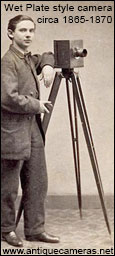 Note: Cameras were much different in the 1870s -- Parker probably used collodion wet-glass-plate technology -- would have required a shutter speed of 5-20 seconds to make a proper exposure -- the subjects could not move during the long exposure or they would have blurred.
Note: Cameras were much different in the 1870s -- Parker probably used collodion wet-glass-plate technology -- would have required a shutter speed of 5-20 seconds to make a proper exposure -- the subjects could not move during the long exposure or they would have blurred. 